DE PALMA/SAKAMOTO SLEEPER DOUBLE-FEATURE ON TWITTER
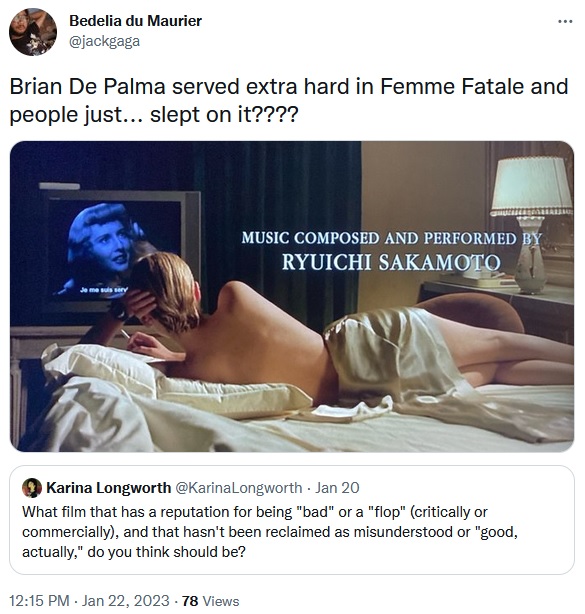

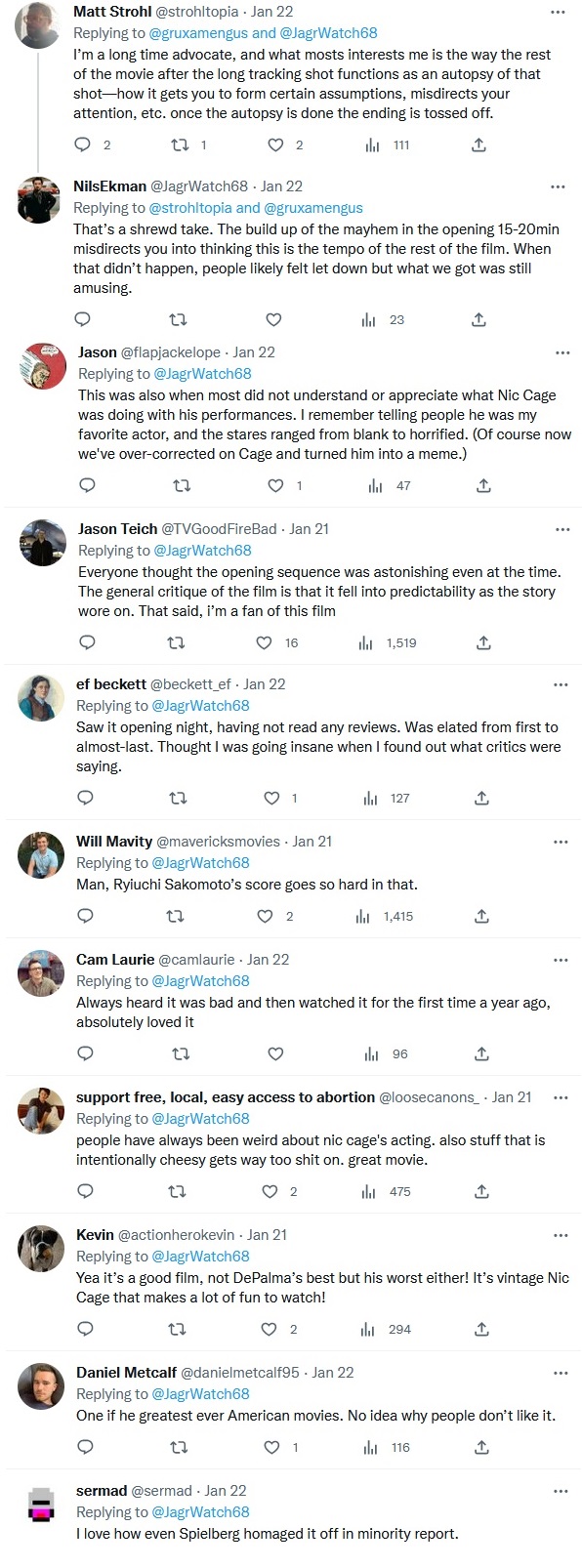
 Hello and welcome to the unofficial Brian De Palma website. Here is the latest news: |
|---|
E-mail
Geoffsongs@aol.com
-------------
Recent Headlines
a la Mod:
Listen to
Donaggio's full score
for Domino online
De Palma/Lehman
rapport at work
in Snakes
De Palma/Lehman
next novel is Terry
De Palma developing
Catch And Kill,
"a horror movie
based on real things
that have happened
in the news"
Supercut video
of De Palma's films
edited by Carl Rodrigue
Washington Post
review of Keesey book
-------------
Exclusive Passion
Interviews:
Brian De Palma
Karoline Herfurth
Leila Rozario
------------
------------
| « | January 2023 | » | ||||
| S | M | T | W | T | F | S |
| 1 | 2 | 3 | 4 | 5 | 6 | 7 |
| 8 | 9 | 10 | 11 | 12 | 13 | 14 |
| 15 | 16 | 17 | 18 | 19 | 20 | 21 |
| 22 | 23 | 24 | 25 | 26 | 27 | 28 |
| 29 | 30 | 31 | ||||
De Palma interviewed
in Paris 2002
De Palma discusses
The Black Dahlia 2006

Enthusiasms...
Alfred Hitchcock
The Master Of Suspense
Sergio Leone
and the Infield
Fly Rule
The Filmmaker Who
Came In From The Cold
Jim Emerson on
Greetings & Hi, Mom!
Scarface: Make Way
For The Bad Guy
Deborah Shelton
Official Web Site
Welcome to the
Offices of Death Records

When Ian Black, aka SLUG, set about making his third album, he wasn’t thinking about how he could please and impress his fanbase. “I wondered if I could make an album where people who listen to my music ask, ‘are you sure you want to do this?’” he recalls.Black had been thinking about albums released by revered artists that had largely been rejected by their respective fanbases. Tranquillity Base Hotel And Casino by Arctic Monkeys, Lou Reed’s Berlin and Leonard Cohen’s Death Of A Ladies Man, to be specific. “My friend Lucas Renney said Berlin sounded like Andrew Lloyd Webber on bad drugs having a breakdown. That sounded amazing to me!”
So, the Sunderland native began his mission to make an album that would challenge the listener, without just releasing ‘bad’ music. With his previous records, 2015’s RIPE and 2018’s Higgledypiggledy, Black developed his art school approach to music with an eclectic palette of pop, indie, rock and surf all held together with a healthy dose of groove. With new record, Thy Socialite!, it was time to throw some classic rock into the mix.
“I wondered what would happen if I took the really cheesy bits of my own record collection, the less indie audience friendly stuff: Toto, ZZ Top, Sweet, Def Leppard, and merged it with that SLUG sensibility. I wanted to amuse myself really, and amuse the people who have followed my music so far. Don’t get me wrong, I didn’t just want to make music that was bad, but I love that element of risk. If you’re playing it safe, then you’re doing it wrong.”
The result is still very much a SLUG record in a wonderfully weird way, but with added pomp and a cheeky wink to hard rock theatrics. It’s an idea that could have easily become a novelty pastiche, but, as with every musical genre that Black turns his hand to, he weaves it so deftly into the SLUG sound that it seems it’s always belonged there.
Black’s venture into classic rock territory is nowhere more apparent than on opener Insults Sweet Like Treacle and closer Cut Of Your Jib, cleverly bookending the album to take the listener along on this new journey from beginning to end. Glam rock stomper Insults Sweet Like Treacle is dedicated to the dearly missed Dave Harper, drummer in Frankie & The Heartstrings and Pop Recs Ltd.’s founder, while Cut Of Your Jib is pure riff-heavy stadium rock.
“I’d never recommend this to anyone, but my wife was on a night out, so I decided to get some tins in and watch a full ZZ Top gig on YouTube. In that haze of drunkenness, as I walked to the fridge to get another tin, the idea for Cut Of Your Jib popped into my brain and hooked itself in there. I remember finishing it in the studio and thinking maybe I’ve gone a bit too far with this one, but then one of the members of ZZ Top died the day after I finished it, and I thought, well, that has to go on the album now!”
It’s not just the music of Thy Socialite! that revolts against modern trends; lyrically Black decided to experiment with what he refers to as “self-character assassination”. Seeing messages of positivity and inspiration in a lot of current music, he decided to do the complete opposite, or as he bluntly puts it with a knowing laugh, he decided to make himself “sound like a twat.”
“Times at the moment are so gloomy that people want to write music that cheers people up or makes them feel good about themselves – take the Self Esteem album for example – it’s brilliant and I understand why people find it uplifting. I really can’t do anything as good as that inspirationally, so you need people like me to come and write songs, knowingly of course, that go the other way. People say I’ve got quite a dark sense of humour, and that bleeds into a lot of the writing I do.”
Citing John Waters’ films, Brian De Palma’s Phantom Of The Paradise and the follow-up to The Rocky Horror Picture Show, Shock Treatment, as inspiration for their “campy, acidic humour”, the Ian Black of Thy Socialite! is very much an outlandish, satirical character. He’s the influencer you love-to-hate, the partygoer who always wants to be in the spotlight.
It’s all part of Black’s journey to create something challenging, but it’s all presented with a wink and tongue firmly in cheek. “I like the idea that people can look at the more acidic lyrics and wonder which ones are completely made up and which ones are thoughts I’ve had personally,” he explains. “We all have those thoughts; they can be as fleeting as a couple of seconds and then you check yourself. It’s all part of being human.”
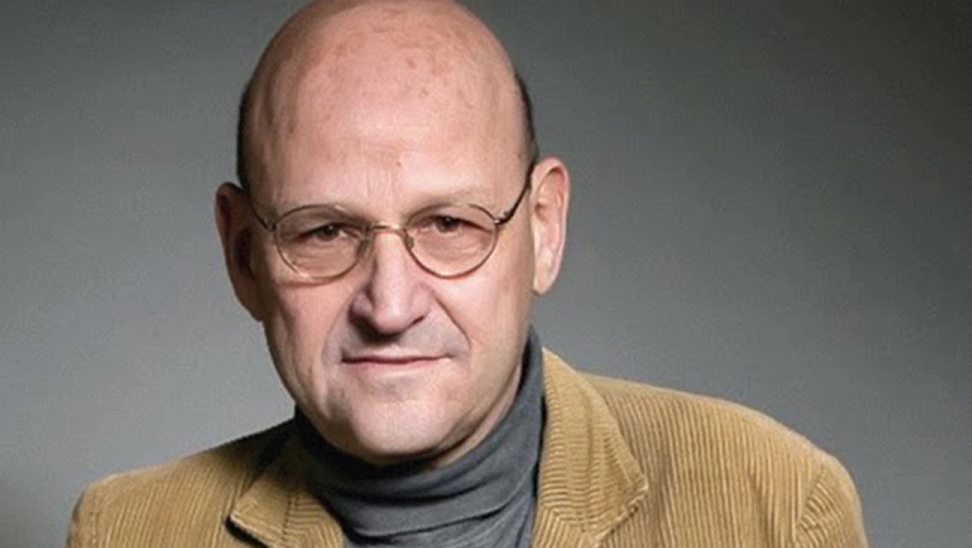
In conversation with Samuel Blumenfeld and Laurent Vachaud, De Palma said that Pressman "notably produced Phantom of the Paradise and Terrence Malick's first film, Badlands. I met Ed when I was in Los Angeles. Martin Ransohoff had refused to do Sisters, and I had just bought the screenplay from him! When he read it Ed immediately wanted to do it. He managed to find enough money, two hundred thousand dollars, to get the movie started. Then he continued fundraising while filming, and the budget eventually came to six hundred thousand dollars." As De Palma explained to Blumenfeld and Vachaud, Pressman-Williams was the production company Pressman had created with Paul Williams, who was not the songwriter who plays Swan in Phantom, but the "director of two films with Jon Voight. The Revolutionary and Out of it."
Pressman was an integral part of making those films with Williams, and continued that sort of passion with the films he went on to make with De Palma. "Ed's parents had a toy company," De Palma continued, "Pressman Toys, one of whose offices was located at 23rd Street and Broadway. Pressman-Williams had set up its headquarters there. I was working in their offices after the disaster of Get To Know Your Rabbit, and Paul Williams was still a director working at Warner whose film Dealing ended in disaster. Dealing was adapted from the first novel by Michael Crichton. He had written it with his brother Douglas when they were students at Harvard."
More to come on Ed Pressman this weekend, but here's a portion of the Variety article:
The fiercely independent producer had an impressive track record for discovering new talent, having worked with an array of notable filmmakers including Oliver Stone, Werner Herzog, Kathryn Bigelow, Rainer Werner Fassbinder, Alex Cox, Brian De Palma, Abel Ferrara, Terrence Malick, John Milius and Mary Harron.Pressman shepherded De Palma’s early films “Sisters” and “Phantom of the Paradise,” as well as Malick’s directorial debut “Badlands” with Sissy Spacek and Martin Sheen.
His longtime collaboration with Oliver Stone started with the filmmaker’s directing debut “The Hand,” and Pressman met his future wife, actor Annie McEnroe, on the set of that film. Pressman went on to produce Stone’s “Talk Radio” and “Wall Street,” and the sequel “Wall Street: Money Never Sleeps.”
Pressman and Stone co-produced Bigelow’s early thriller “Blue Steel,” starring Jamie Lee Curtis.
One of the first producers to adapt comic books, such as “Conan the Barbarian” and “The Crow,” as well as films based on video games and toys, he also founded ContentFilm with John Schmidt to focus on digital production.
Pressman’s upcoming projects were set to include the immersive VR experience “Evolver,” produced with Malick and Cate Blanchett, and the upcoming reboot of “The Crow” directed by Rupert Sanders with Bill Skarsgard and FKA Twigs.
Pressman was born in New York to Jack and Lynn Pressman, the founders of Pressman Toy. After studying philosophy at Stanford, he went to grad school at the London School of Economics, where he met director Paul Williams. The filmmakers came to Hollywood, where they secured a two-picture deal from United Artists.
Among his numerous honors were the Chevalier Des Arts et Lettres from the French government, the IFP Gotham Award for lifetime achievement, and tributes at the National Film Theatre in London, New York’s Museum of Modern Art, the Pacific Film Archives and the Brooklyn Academy of Music’s Cinematek.
He is survived by his wife of 39 years, Annie McEnroe Pressman, and son Sam Pressman. Sam Pressman has worked for Edward R. Pressman Productions for the past decade and will continue producing films for the company in honor of his father.

The story is set in the autumn of 1981 and revolves around a cluster of wealthy students enrolled at Buckley College, an exclusive Los Angeles prep school.Bret, who is gay but closeted, is dating Debbie Schaffer (who has justifiable doubts about her boyfriend’s friendships with Ryan Vaughn and Matt Kellner), and is friends with two teenage sweethearts, Susan Reynolds and Thom Wright.
The Bret who is writing this novel then introduces two more characters – a student named Robert Mallory and a serial killer called The Trawler – into the mix.
Not long after, Matt goes missing. The fictional Bret’s writerly imagination goes into overdrive. He suspects Robert is responsible, and that he is The Trawler. Things quickly spiral out of control.
As Ellis’s fans will anticipate, his latest is full of pop culture references (the Buckley clique are big New Wave fans), sex and drugs, and acts of grotesque violence rendered in tonally neutral prose. Some cultural commentary, too, on the purported perils of political correctness. Think: Joan Didion meets Brian De Palma.
When it comes to content, The Shards, with its cast of hedonistic and disaffected adolescents, aligns with three of Ellis’s earlier L.A. novels: Less Than Zero, 1987’s The Rules of Attraction, and the sequel to his debut, 2010’s Imperial Bedrooms.
In terms of length, however, The Shards, which is 600 pages long, is closer to Ellis’s New York fictions: 1991’s American Psycho (which I believe is the most important novel of the 1990s), and 1998’s Glamorama (easily, for me, the best novel of the 1990s).

After Liz is saved and Dr. Elliott is arrested, we are lulled into believing that the final scene of the movie is going to be a restaurant scene during which Liz (Nancy Allen) explains the details of a sex-change surgical procedure to Peter. At the next table, looking over her shoulder, is a nosy woman appalled by the gory details being described. Those priceless reactions were provided by none other than Mary Davenport who played Keith Gordon’s mother in Home Movies. She was also the real-life mother of Jennifer Salt who starred in four De Palma films (Murder a la Mod, The Wedding Party, Hi, Mom! And Sisters) and the wife of Waldo Salt, the great two-time Oscar-winning screenwriter (Midnight Cowboy, Coming Home, Serpico and Day of the Locust). Mary had also appeared briefly with her daughter in Sisters and had played a salesgirl in the classic film noir This Gun for Hire (1942). Brian asked Mary to do this brief, non-speaking cameo in Dressed to Kill as a favor and she was delighted to reunite with all her Home Movies pals – Brian, Nancy, Keith and me.The restaurant scene was actually shot at Windows on the World, located on the 106th and 107th floors atop the North Tower of the World Trade Center. Completed in 1971, the Twin Towers were, at that time, the tallest buildings on Earth. The restaurant had opened in 1976, the same year the remake of King Kong was released featuring the big ape climbing the towers. Sidney Lumet's The Wiz (1978) used the Twin Towers as the setting for Oz. So, in 1979, filming at the World Trade Center was prestigious and newsworthy. George Litto and Fred Caruso jumped through hoops to negotiate the deal and all the logistics to shoot there. Brian had envisioned the most breathtaking view of the Manhattan skyline outside those windows. His storyboards had angles that would feature that vista behind the actors in as many shots as possible. It was going to be gorgeous and everyone was excited to have the privilege of shooting there.
Sadly, Mother Nature was not cooperative that day. It was rainy and completely overcast to the point where the view out the windows was nothing but a solid white cloud. We literally could have built a set at the warehouse and hung a white sheet outside the window and gotten the exact same effect. It was heartbreaking.
There were discussions about possibly canceling the day and returning when the weather was clear but the fee for closing and renting the restaurant was nonrefundable; the cast and crew were already there and would have to be paid anyway; there was nothing else that we could shoot instead; the entire cost of the day was simply too expensive to flush down the drain.
Understandably, Brian was not happy about it, but he forged ahead. He and Ralf Bode re- configured the angles so that they weren't constantly shooting toward the blinding white background. Luckily, thanks to the three actors, the scene itself turned out very amusing on its own and, ultimately, wasn't reliant on grandiose scenery. It would have been nice but it didn't kill the moment.
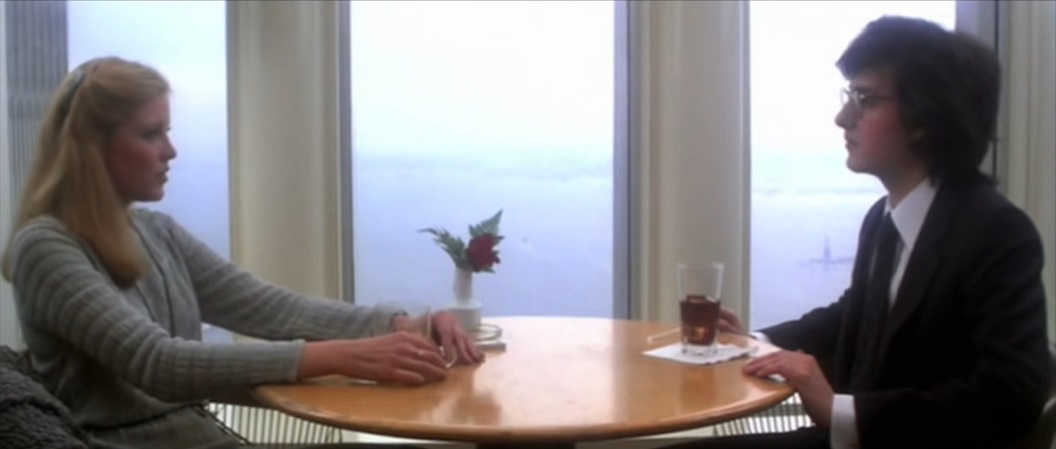


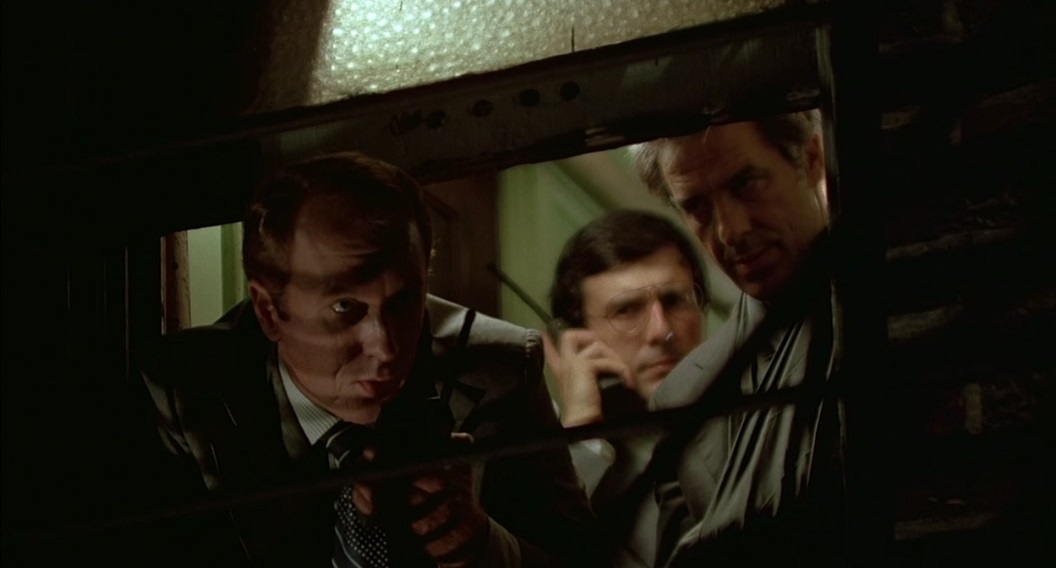
Here's a portion of the obituary from Nola.com:
Patrick McNamara, an actor, director, teacher and producer who established the short-lived Energy Theatre in New Orleans in the mid-1970s, died of pneumonia on Jan. 2 at Ochsner Medical Center, his wife, Carol Stone, said. He was 80.“Patrick was the most interesting person I ever knew. Nobody wore a coat of so many colors like he did,” said Amanda McBroom, an actress, singer and songwriter who performed in “A Witness to the Confession” at Energy Theatre.
“He was interested in everything, and he was really talented at so many things. He had a divine combination of extreme compassion and humor and lightness with a major dark streak … in the middle of all the light. … He loved the uncertainty of life.”
A native New Orleanian who graduated from De La Salle High School, McNamara grew interested in acting when he performed in plays at the University of New Orleans to improve his public-speaking skills, Stone said.
After a brief stint at Tulane Law School, he moved to New York to embark on a full-time career as an actor, starting in Ellen Stewart’s Café La Mama Experimental Club, an avant-garde troupe in Manhattan’s East Village. He also taught voice, and he performed at the Oregon Shakespeare Festival.
“He found amazing things to do,” Stone said. “His spirit was magical. Whatever he pursued, he pursued it as far as he could.”
He amassed a long list of film credits, including Brian De Palma’s “Obsession,” which was shot in New Orleans, two movies directed by Steven Spielberg – “Close Encounters of the Third Kind” and “1941” – and the comedies “Bill & Ted’s Excellent Adventure” and “Bill & Ted’s Bogus Journey,” in which he played Bill S. Preston’s father. His television appearances included “Star Trek: The Next Generation.”
Although his given name was Patrick John McNamara, he was often billed as J. Patrick McNamara because when he joined Actors’ Equity, he was told another Patrick McNamara was already in show business, Stone said. He solved that problem by putting his middle initial first.
“He was a solid actor,” said David Cuthbert, a former theater critic for The Times-Picayune. “He was believable, and he was real. You’d look at him in ‘Close Encounters,’ and you’d see the same things you’d seen onstage.”
McNamara returned to New Orleans to found Energy Theatre, which opened in March 1974 in the Prytania Theater in Uptown New Orleans. The first attraction was the musical revue “Jacques Brel Is Alive and Well and Living in Paris.” Audiences loved it, he said in a 1976 Times-Picayune interview, but the theater was never more than 40 percent full, and local actors resented that no local performers were in the cast.
Moreover, he said, “I’m one of the world’s worst fundraisers.”
McNamara staged strong plays, including “That Championship Season,” “The Hot L Baltimore” and “Long Day’s Journey Into Night” with Geraldine Fitzgerald, but audiences didn’t come. In the newspaper interview, he announced he was moving to Los Angeles.
Energy Theatre “should have lasted longer than it did,” Cuthbert said.
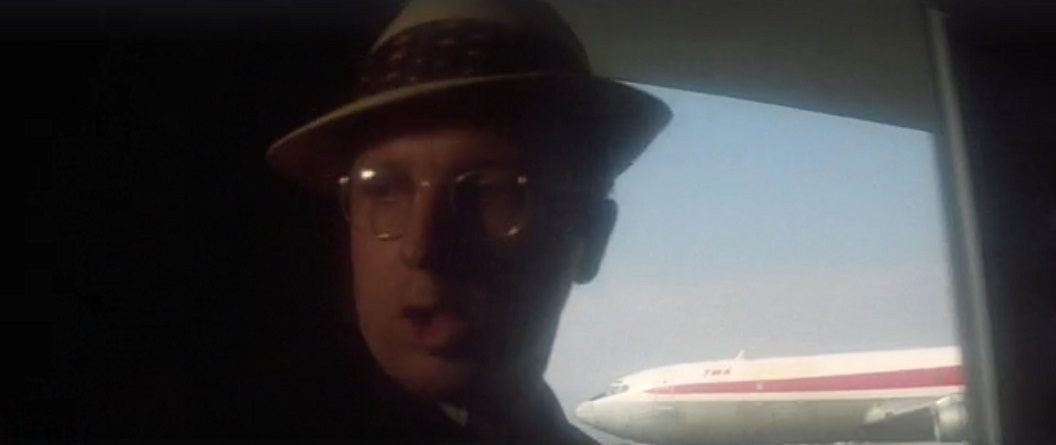
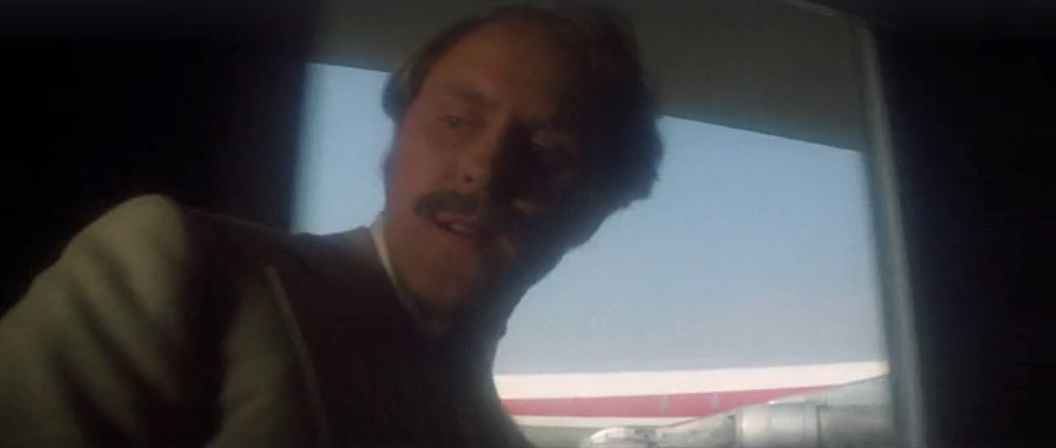
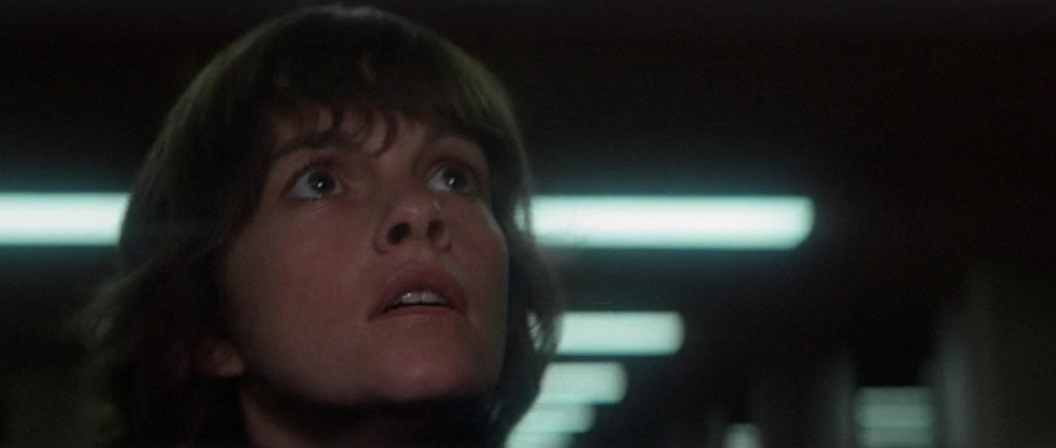
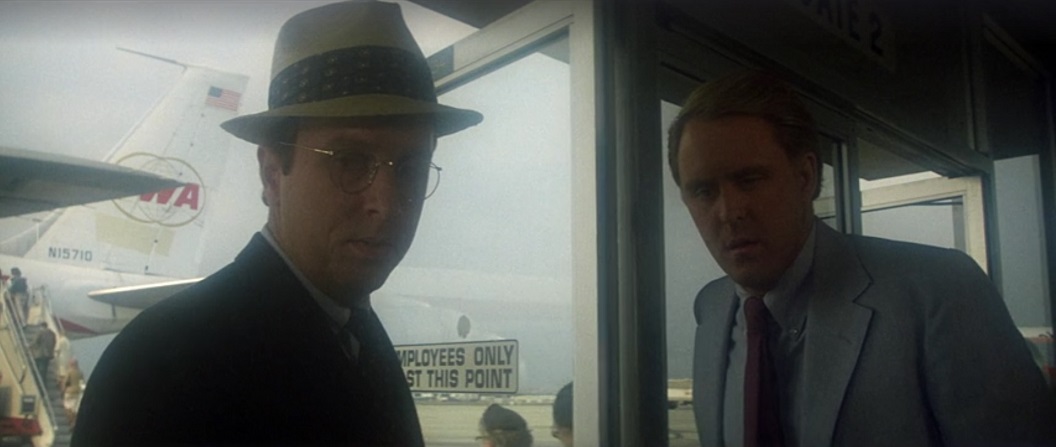
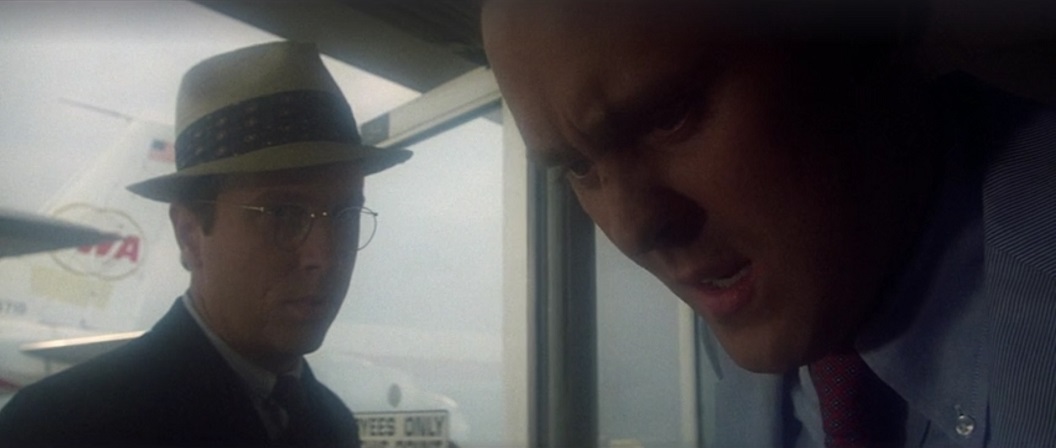
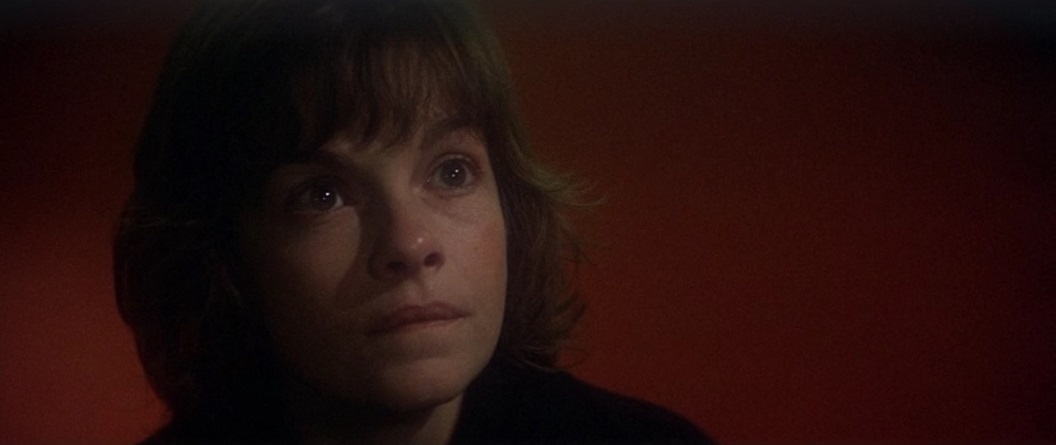
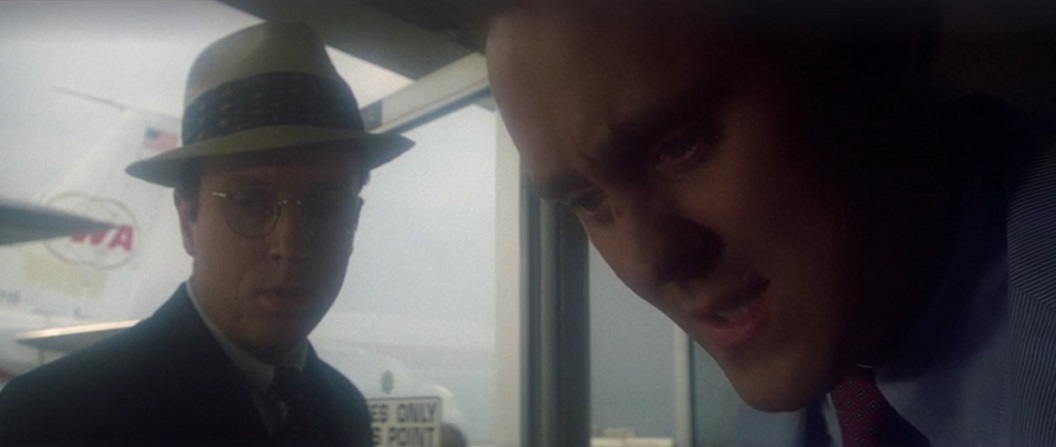
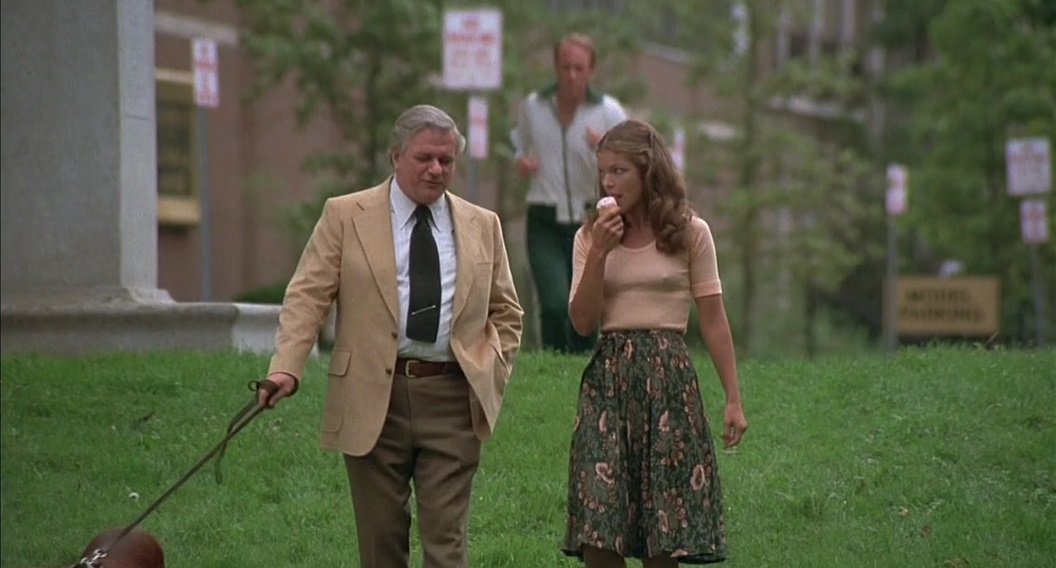
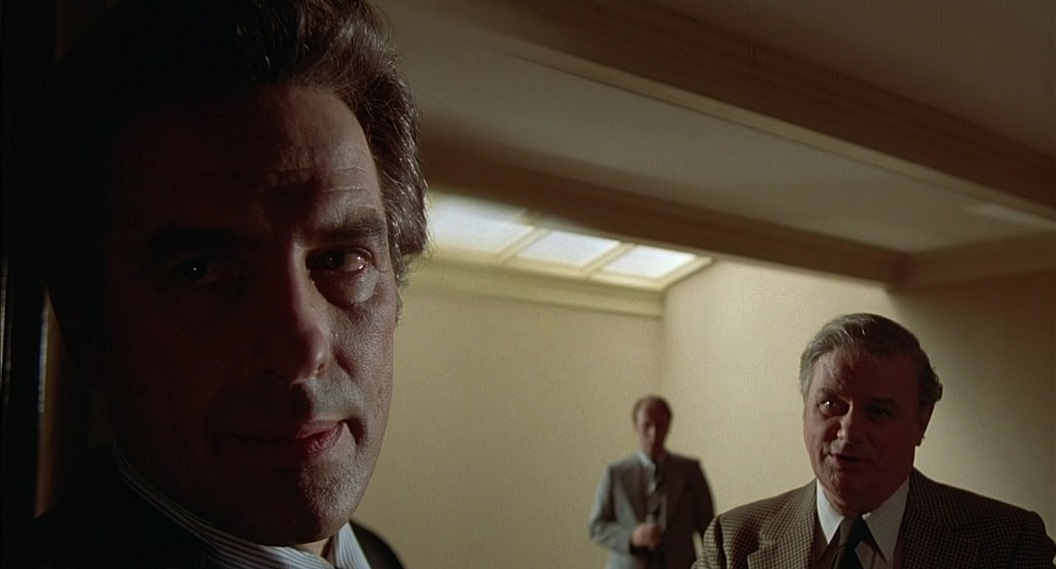
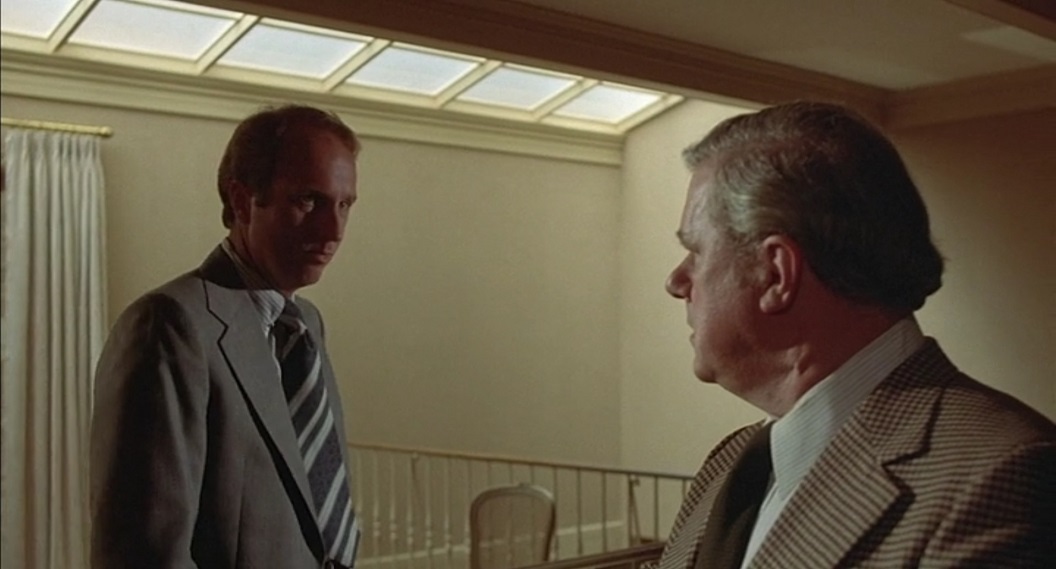
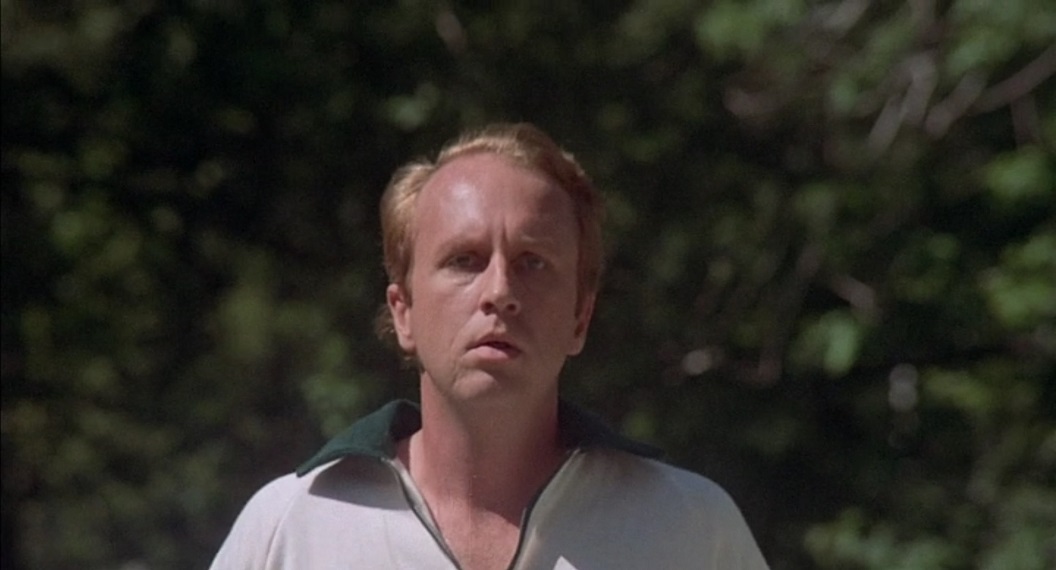
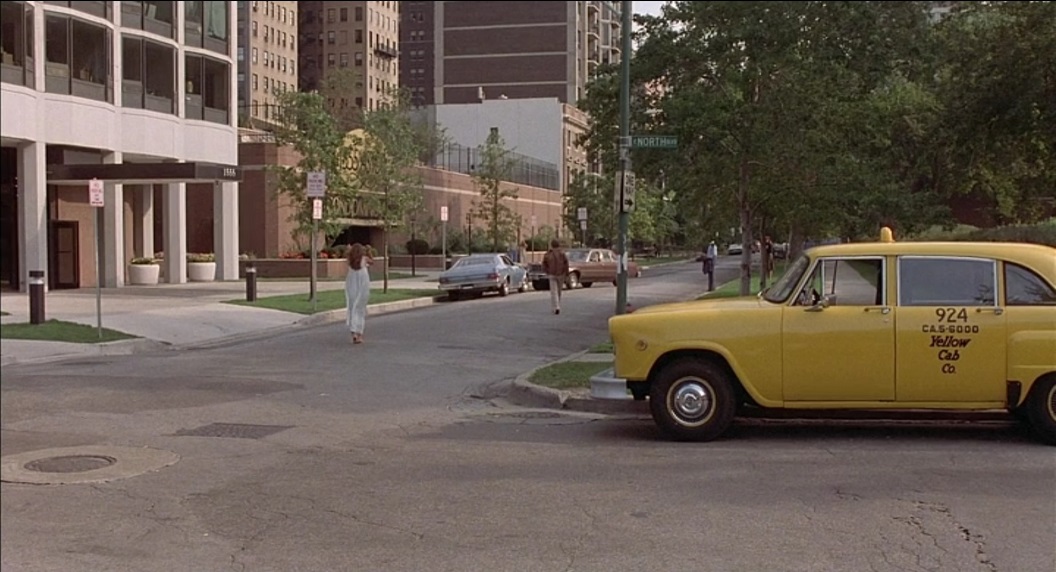
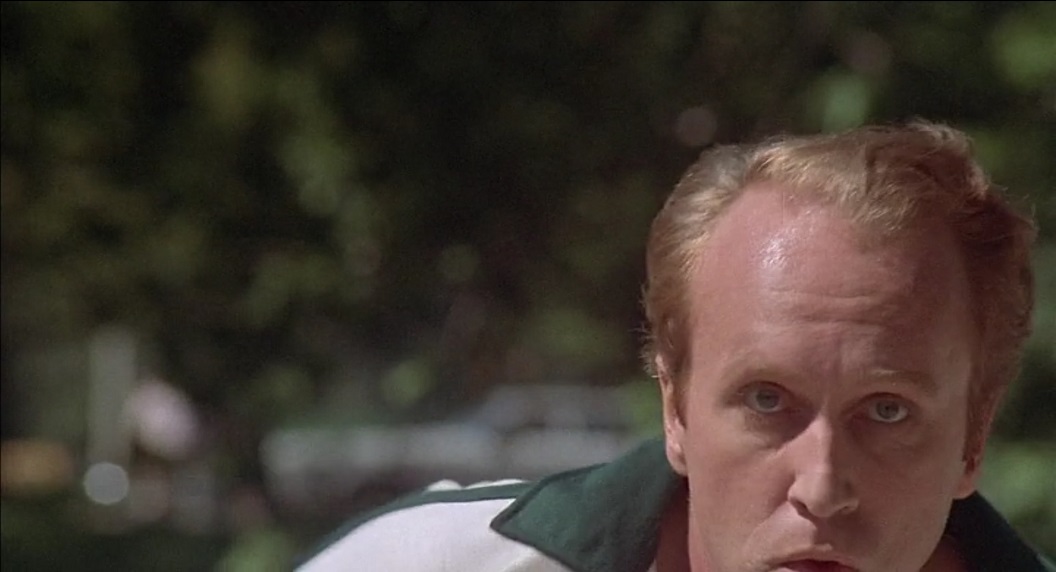

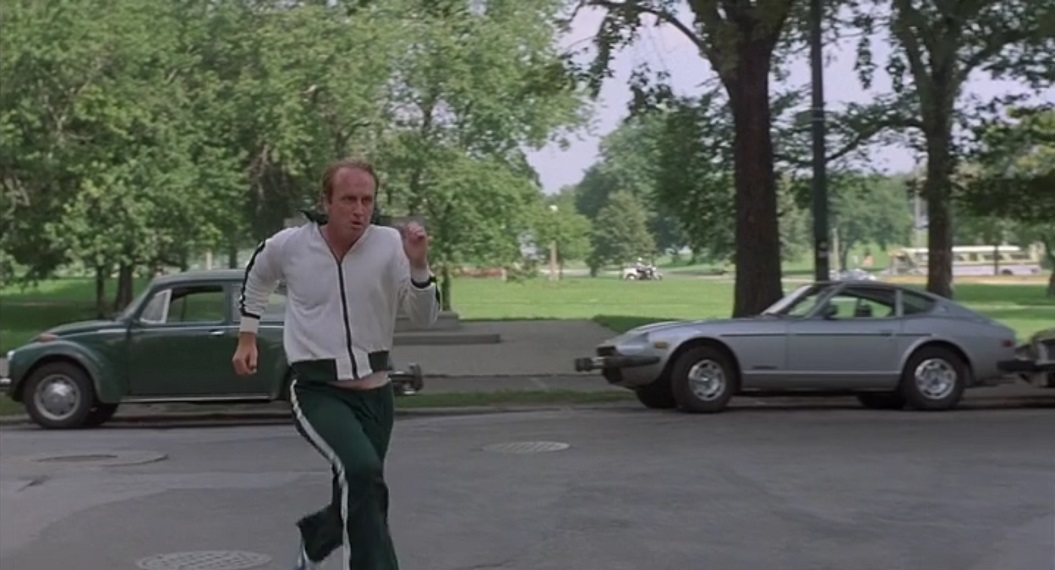

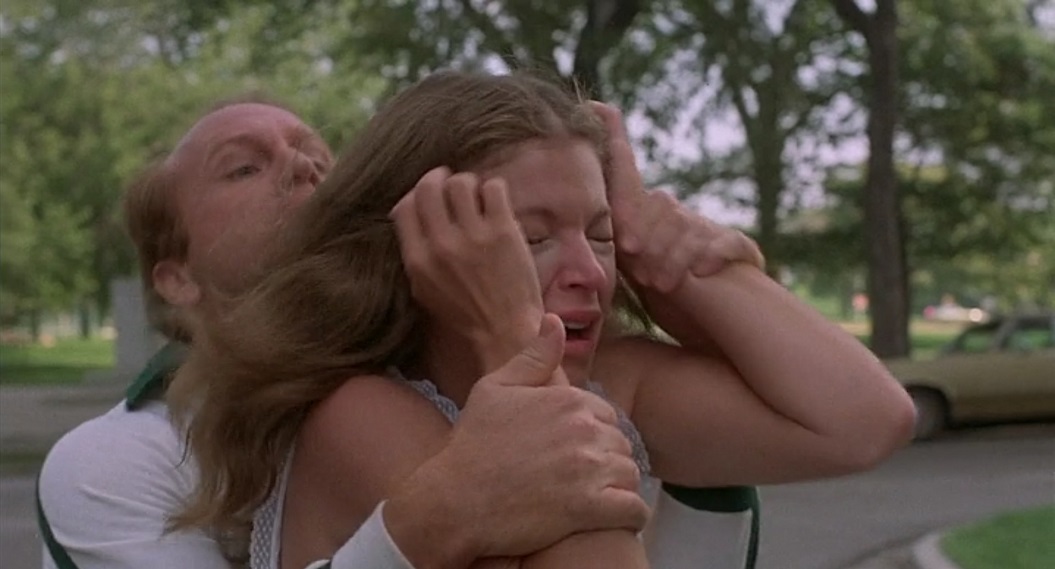


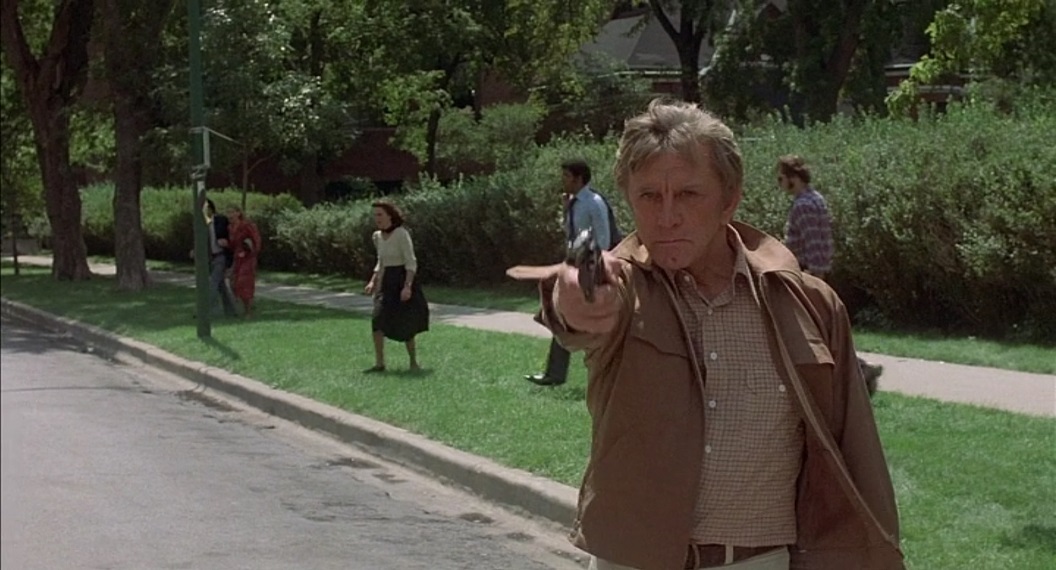

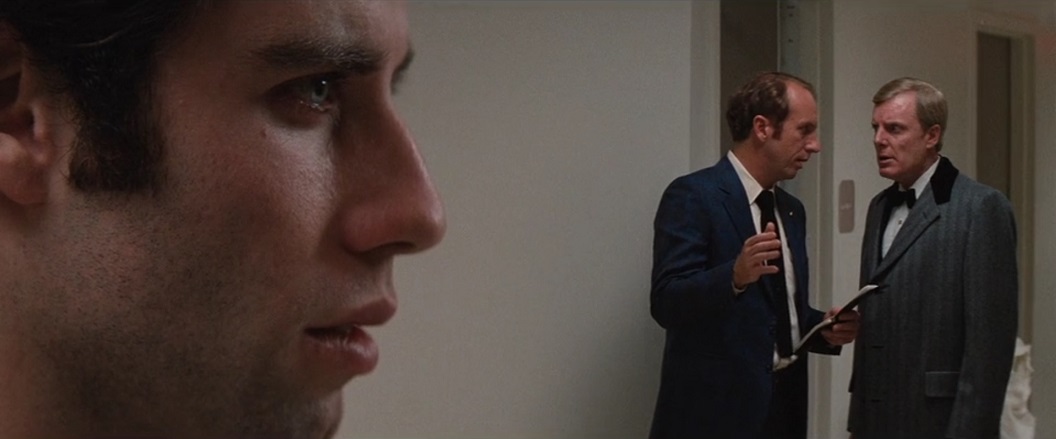
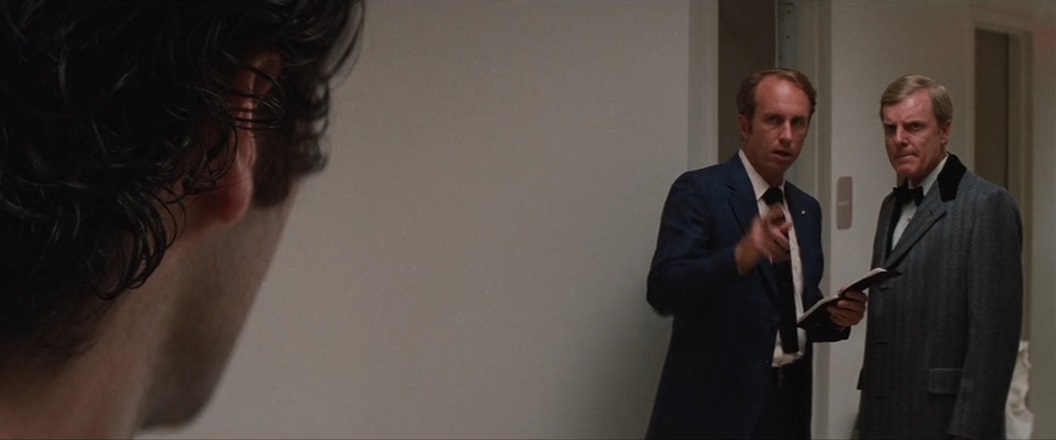
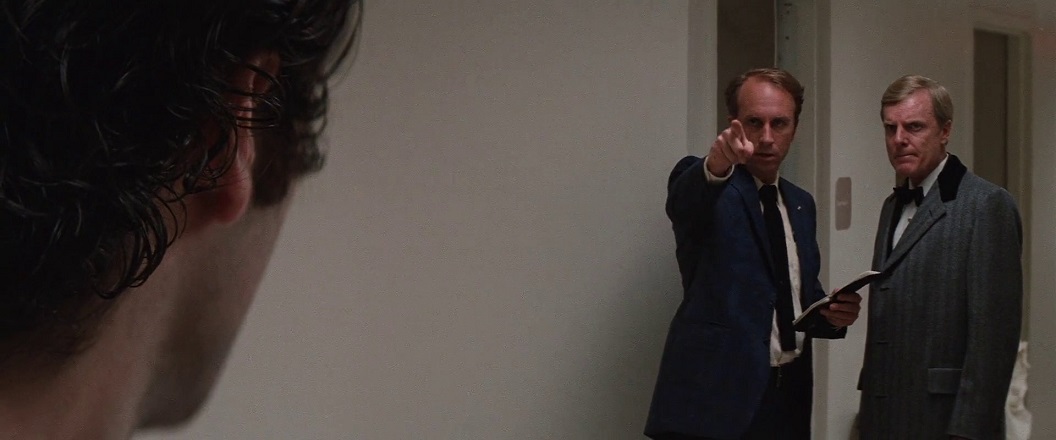
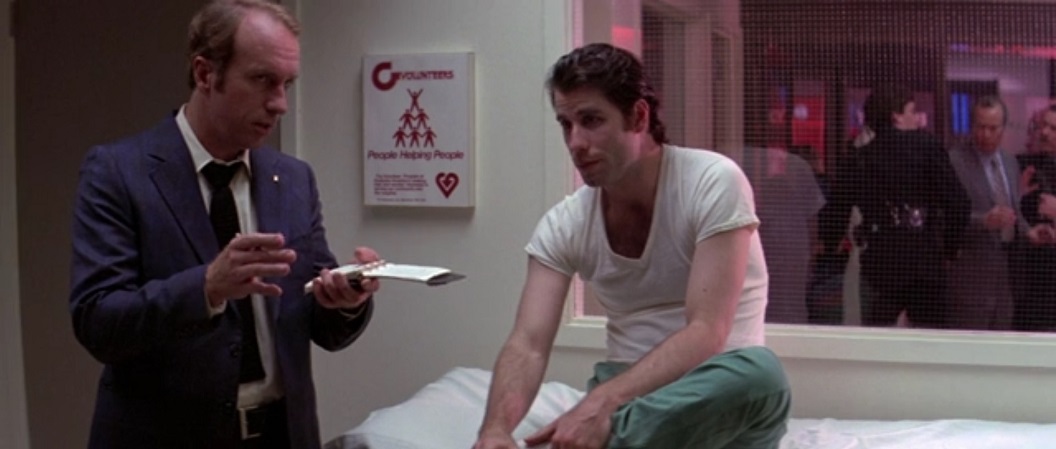
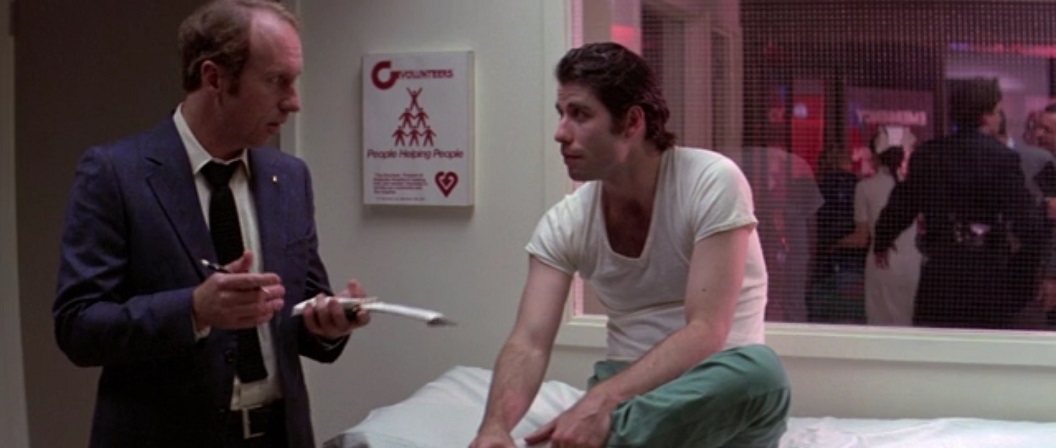
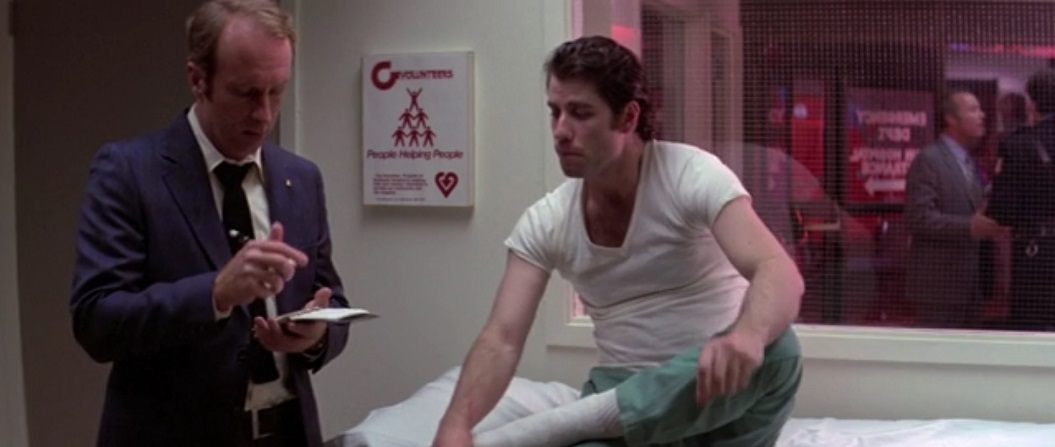
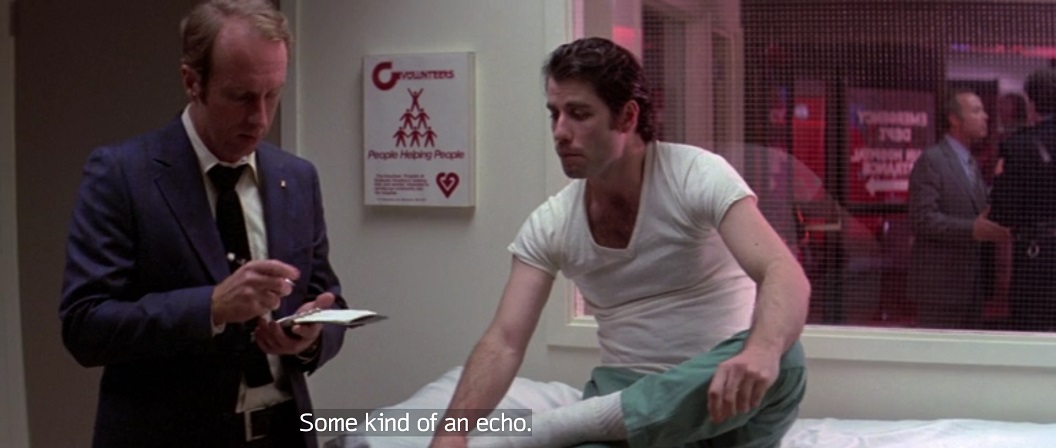
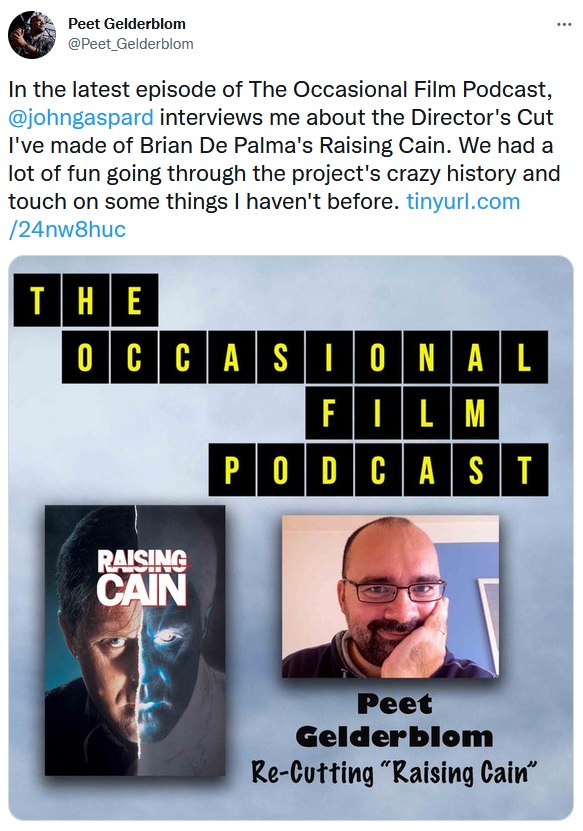
Before chatting with you, I sat down and rewatched both versions and took notes to try to figure out what the order was. And what throws it off for me a little bit is the opening shot in the theatrical cut of the park from high up is very much a Brian DePalma opening shot, you know, very close to what he did in “Carrie.” Whereas, the opening shot in the clock store is not really a DePalma shot. It's a little mundane. It's a wide shot. It's interesting, you know that Jenny walks up and sees herself in the heart shaped camera and all that--Peet: It encapsulates the whole movie, but that's in a different way than the original did.
Yes, exactly. And then as I was going through—and I'm sure you ran into this, it's regardless of whether it's the re-cut or the theatrical one—it's a dream sequence with a flashback built into it. And so it isn't until you get out of the dream sequence that you realize, oh, that was a dream sequence. But then in your mind, you're going well, then, was the flashback real, or is that part of the dream?
And then they've added in narration as part of the flashback to help explain it, which I'm guessing was done in post. And so now they have a narration thing. So they have to keep that up. And then when they switch it around, when you did the version that was closer to what he wanted, it's still a bit wonky, regardless of whether you're chronological or not. And the audience has to go: okay, she's going to the hotel. Is this a dream? It must be a dream, because she's walking into the room and she doesn't have a key. That's the only clue, I think, that it's really a dream. And then obviously it's a dream, because she's killed and wakes up. And then you have the repeat of the thing with the gift and all that.
So, regardless of the order of everything before, that whole section, I think is always going to throw an audience off.
Peet: You're right, but the wonkiness, if you call it that, it is intentional. What he wanted to do, and he has stated this in interviews is, you know, normally with kind of police mystery, there is something going on and you don't know quite what. And then the detectives, they start to ask around. And you slowly assemble information, and it becomes clearer and clearer what actually has happened. And he really wanted this time to fuck with his audience, of course, because that's what Brian DePalma does. And he said, what if all the information the audience is getting is either a dream, it has never happened? Or they don't know if it's happened. Or, you know, it's an unreliable narrator. That was actually the game.
And he's so good at that.
Peet: He's really good at it, but of course you also need to get the audience so far that they're willing to go with you. Because it's a very manipulative way of telling a story. And some people don't like that. So, that's a very thin line that he was walking.
And I think in the editing, he got cold feet. He thought, well, maybe I went a little too far here, and maybe I should do it a little differently, help them out and make everything chronological, and it may have fixed some things. But it created other big problems. The flow isn't really right. It wasn't how he originally imagined it.
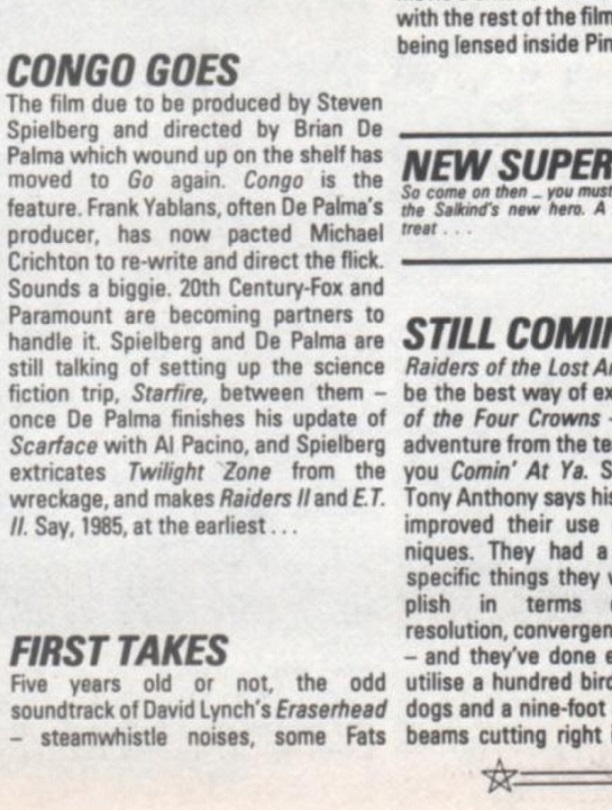
From Starburst Magazine #52, 1982: Steven Spielberg and Brian De Palma were going to collaborate on an adaptation of Michael Crichton's CONGO with De Palma directing but the project has fallen apart and Crichton is going to direct the film instead.
Meanwhile, this is the first I have ever heard of Starfire. Not sure what is meant, precisely, by the Starburst description of that one as a "science fiction trip," but De Palma didn't end up taking a cinematic science fiction trip again until the year 2000, with Mission To Mars.
